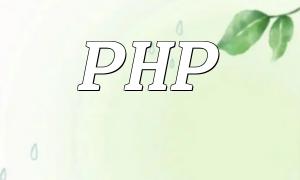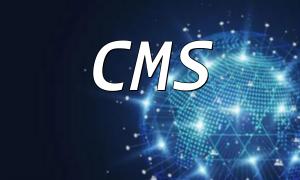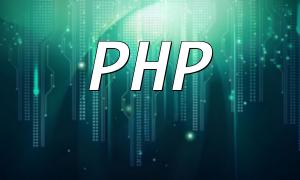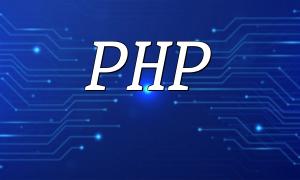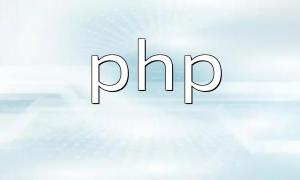Before discussing how to use the PHP CMS system to develop an e-commerce website, it's important to first understand what a PHP CMS system is. The PHP CMS system is an open-source content management system (Content Management System). Its purpose is to help users efficiently manage and publish website content. It not only simplifies the content update process but also automates tasks such as data backups and security maintenance.
There are many reasons to use the PHP CMS system for e-commerce website development. First, it greatly improves development efficiency. Compared to traditional manual coding, the PHP CMS system provides a more intuitive and efficient interface that helps developers quickly create website layouts and pages. Secondly, PHP CMS systems are feature-rich and highly customizable. They allow developers to add necessary plugins and functionality modules, especially for building e-commerce platforms. Finally, PHP CMS systems are usually highly secure and stable, ensuring the smooth operation of e-commerce websites.
First, you need to choose a PHP CMS system that suits your e-commerce needs. Popular CMS systems include Drupal, WordPress, Joomla, etc. When making your choice, you should consider whether the system can meet the requirements of an e-commerce website and support the necessary plugins.
After selecting the CMS system, you need to install it on your server or virtual host. Most PHP CMS systems provide detailed installation documentation, so you can follow the steps for installation. If you encounter any problems, you can seek help from developer communities.
To add e-commerce functionality to your CMS system, you'll need to choose a suitable e-commerce plugin. For example, WooCommerce (for WordPress), Magento, Shopify, etc., are popular e-commerce plugins. When choosing a plugin, make sure it covers essential features such as payments, shipping, and inventory management.
Once the plugin is installed, it needs to be configured. Common configuration options include payment methods, shipping calculation, tax rates, etc. Additionally, you can customize the website's appearance according to your brand needs by selecting an appropriate theme and adjusting the layout.
After completing the configuration, it's crucial to perform system testing. You need to check whether all website functions are working properly, such as payment processing, shopping cart functionality, user registration, and more. After confirming everything is in order, you can deploy the website and launch your e-commerce platform to the world.
Using the PHP CMS system for e-commerce website development has become a popular choice for many developers. Its efficiency, flexibility, and security make it possible to create a fully functional and secure e-commerce platform in a short period. By selecting the right CMS system and e-commerce plugin, configuring the system properly, and performing thorough testing, you will be able to build a stable and reliable e-commerce website. For developers who wish to quickly build an e-commerce platform, the PHP CMS system is definitely a great option to consider.


